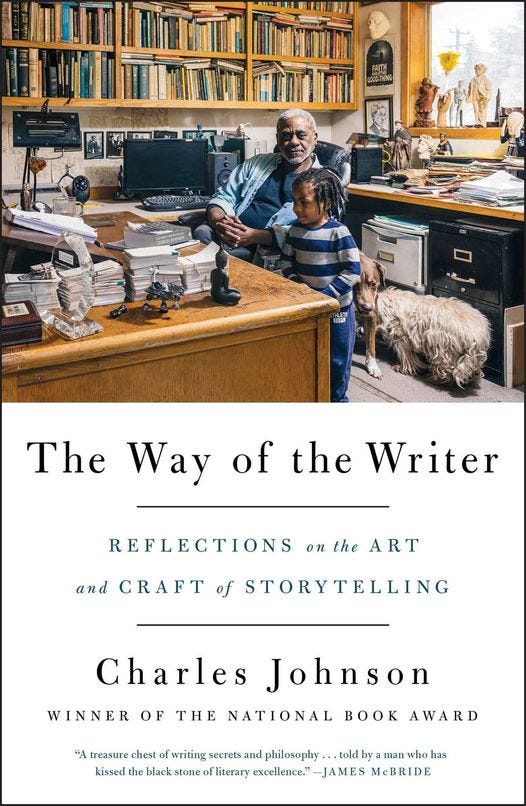This one goes out to all the ink-fingered writers, literary criticism enthusiasts, and wandering postmodernists in the crowd.
A hastily issued warning to everyone for whatever this review is. It’s September and I haven’t had time to turn this one into my usual Charcuterie Board of Critique (you know — a little bit of everything crammed into limited space, a vague sense of continuity, and the occasional surprising fig jam.)
You remember this dramatic structure from Aristotle, no?

That looks vaguely like my blood pressure whenever I had to learn, teach it, or apply it.
Then there’s this:

Which is quite similar, only now more applicable to literature. Still very pointy.
Over time, both were modified and made more exciting by books like Story Grid (which is really quite good) and Save the Cat! (also quite good).
Just plug n’ chug, and voila! Instant satisfying narrative analysis!
Wait! cry some of us from deep in our September bones, there has to be something else. It seems unreasonable that all works can be crammed effectively into this structure no matter how sharp our little writing crayons are.
What if a narrative resembles something other than the world’s worst log flume ride?
What if we don’t want to save the cat? What if the cat doesn’t want to be saved? What if it’s not a cat, but a small collection of spotted lanternflies who are coincidentally masters of disguise?
And what if these spotted lanternflies are perfectly content in their own fuzzy cat-shaped group, indifferent to our need to rescue them by page 15? What if they’re living their own little lives, unconstrained by three-act structure and utterly disinterested in dénouement? And what if that’s the story?
Who are we to force our sense of salvation and structure upon them? What if those little dudes are liberated from a prescribed form that is thousands of years old, and their tales need to be told in a still-deeply resonant, lightly trodden way that may be less peaky and more fractal?
What if we need to respect that? Before stomping the living daylights out of them, of course.
Enter Meander, Spiral, Explode which, in addition to being a great book, is my general approach to life.
If you’re into literary theory, structural analysis, and new narrative frameworks — and who isn’t these days — and you also like your lit-crit to be cheeky, disruptive, feminist, and smack at axioms, look upon Jane Alison’s work, ye mighty. Despair at your leisure.
After a thorough whomping of the overuse of the Aristotle/Freytag models as looking at stories through a lens of male sexual pleasure, she invites the reader to go beyond an analytical missionary position.
Alison looks to patterns in nature to identify patterns in literature. She introduces six narrative designs: arcs or waves, meanders, spirals, radials or explosions, cells and networks, and fractals. With relentless vigor, meticulous dissection, and galloping prose, she unleashes patterns beyond and often livelier than the classical arc.
Alison urges us to perceive narrative as both visual and temporal. Color! Texture! Words! Echoes! Impact at the syllabic level! Design elements that we can harness and use to inject innovation and boundary-pushing in writing.
There is an urgency in refreshing and revitalizing how we approach narrative because that’s how nature works. And storytelling is human nature. These different narrative structures all allow for accessibility, not inscrutability. They are not wacky forms for their own sake.
Intention. Options.
Alison’s freight-train energy and granular takes, coupled with great examples, make Meander, Spiral, Explode an often-brilliant read, and one of the more recommended rhetoric/writing books these days.
Read the book, go forth, and be purposeful and innovative in liberating your narrative. Then deal with the cat-shape swarm of Spotted Lanternflies at your own pace, in your own way.


